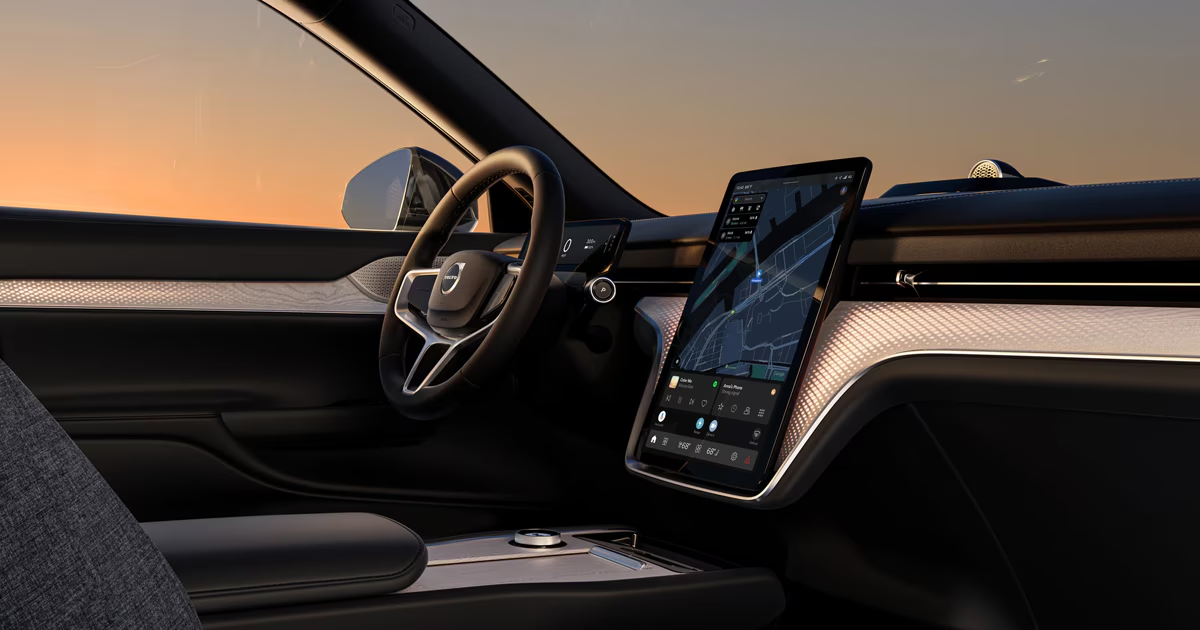Understanding the Latest Car Safety Features
In today’s automotive industry, safety is a top priority for manufacturers and consumers alike. With technological advancements, modern vehicles are equipped with a range of innovative safety features designed to protect drivers, passengers, and pedestrians. This article explores the latest car safety features, explaining how they work, their benefits, and their role in enhancing overall vehicle safety.

1. Adaptive Cruise Control
Adaptive Cruise Control (ACC) is an advanced feature that automatically adjusts a vehicle’s speed to maintain a safe distance from the car ahead. Using radar or cameras, ACC monitors traffic conditions and adjusts the car’s speed accordingly, reducing the need for manual acceleration and braking.
How It Works
ACC uses sensors to detect the distance between your vehicle and the one in front. If the system detects a slower-moving vehicle, it will reduce speed to maintain the preset distance. Once traffic clears, the system will accelerate back to the original speed.
2. Automatic Emergency Braking
Automatic Emergency Braking (AEB) is designed to prevent or mitigate collisions by automatically applying the brakes when a potential crash is detected. This feature is particularly useful in situations where the driver may not have enough time to react.
How It Works
AEB systems use sensors and cameras to monitor the road ahead. When a collision risk is detected, the system alerts the driver and applies the brakes if necessary. Some systems can bring the vehicle to a complete stop if the driver does not act in time.

3. Blind Spot Monitoring
Blind Spot Monitoring (BSM) helps drivers become aware of vehicles in their blind spots, which are areas not visible through traditional mirrors. This feature is particularly valuable when changing lanes or merging onto highways.
How It Works
BSM uses sensors mounted on the sides of the vehicle to detect objects in the blind spots. If a vehicle is detected, an indicator light will illuminate on the corresponding side mirror. Some systems also provide audio or visual alerts to warn the driver.
4. Lane Departure Warning and Lane-Keeping Assist
Lane Departure Warning (LDW) and Lane-Keeping Assist (LKA) are safety features designed to help drivers stay within their lanes. LDW alerts drivers if they unintentionally drift out of their lane, while LKA can provide steering assistance to help guide the vehicle back into the lane.
How It Works
LDW uses cameras to monitor lane markings on the road. If the system detects lane departure without signaling, it will alert the driver through visual or audible warnings. LKA builds on this by automatically steering the vehicle to help return it to the lane.
5. Rear Cross Traffic Alert
Rear Cross Traffic Alert (RCTA) is designed to assist drivers when reversing out of parking spaces by detecting approaching traffic from the side. This feature helps reduce the risk of collisions with vehicles or pedestrians that may be crossing behind the car.
How It Works
RCTA uses sensors mounted on the rear bumper to monitor cross traffic. When a vehicle or pedestrian is detected approaching from either side, the system alerts the driver with visual or audible warnings, providing extra awareness when backing out.
6. 360-Degree Camera Systems
360-Degree Camera Systems provide a comprehensive view around the vehicle by combining images from multiple cameras positioned around the car. This feature helps drivers navigate tight spaces and avoid obstacles.
How It Works
Four or more cameras are mounted on the front, rear, and sides of the vehicle. The system stitches together the camera feeds to create a bird’s-eye view of the surroundings, which is displayed on the infotainment screen, helping drivers see areas not visible through mirrors alone.
7. Driver Attention Monitoring
Driver Attention Monitoring systems help ensure that drivers remain focused and alert while driving. These systems track driving patterns and behaviors to detect signs of drowsiness or distraction.
How It Works
The system uses sensors and cameras to monitor the driver’s head position, steering inputs, and other driving behaviors. If signs of fatigue or distraction are detected, the system may issue alerts or recommend taking a break.

8. Conclusion
Understanding the latest car safety features can significantly enhance your driving experience and overall safety on the road. From adaptive cruise control to 360-degree camera systems, these technologies offer valuable assistance in preventing accidents and improving vehicle safety. As automotive technology continues to evolve, staying informed about these advancements will help you make better choices for your safety and that of your passengers.
FAQs
1. Are car safety features mandatory?
While some safety features are required by law, such as airbags and seatbelts, advanced safety features like adaptive cruise control and lane-keeping assist are often optional and vary by vehicle model and trim.
2. Can I add safety features to my existing car?
Certain safety features can be retrofitted to older vehicles, but it may be more cost-effective to consider these features when purchasing a new or used vehicle.
3. How do I know if my car has these safety features?
Check your vehicle’s owner manual or contact the manufacturer to determine which safety features are installed on your car. Many new cars also display this information on the infotainment screen.
4. Do safety features reduce insurance premiums?
Some insurance companies offer discounts for vehicles equipped with advanced safety features, as they can help reduce the likelihood of accidents and claims.
5. Are these safety features foolproof?
While advanced safety features enhance vehicle safety, they are not foolproof. Drivers should continue to practice safe driving habits and remain attentive on the road.
